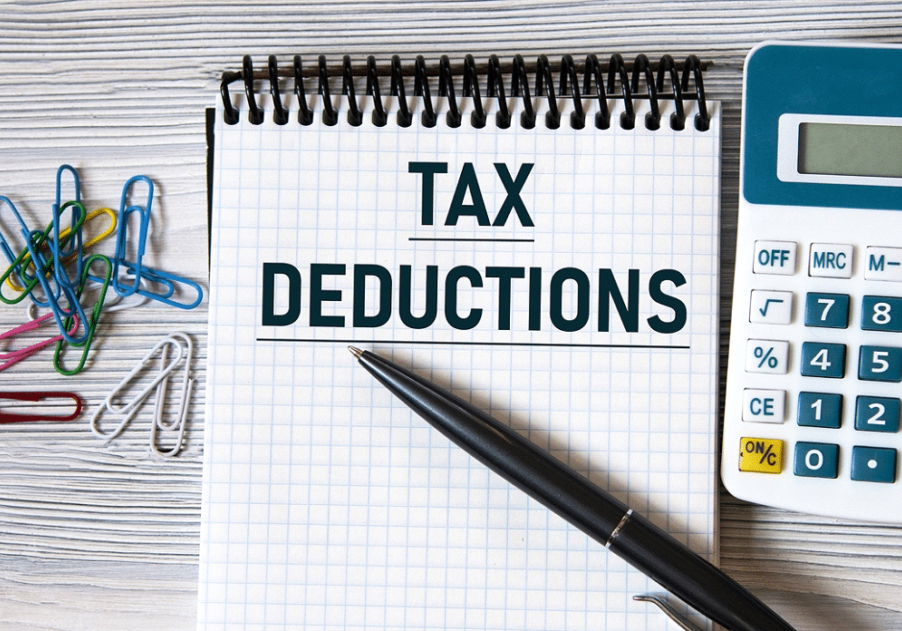Affordable Care Act Individual Mandate
You have your business tax return in hand ready to sign when you notice the note on the form next to the sign here line: “Under penalties of perjury, I declare that I have examined this return, including accompanying schedules and statements, and to the best of my knowledge and belief, it is true, correct, and complete.”
Many business owners find their tax return complex, foreign and difficult to understand. On the other hand, they understand their financial statements quite well.
Business tax returns, when properly prepared, contain a reconciliation of income or loss per the books (financial statements) with income or loss to the tax return. It is a road map to understanding the tax return.
The reconciliation of book to tax appears on Schedule M of the corporate, limited liability company and partnership tax returns.
First review the financial statements of the business and identify the net income or loss for the year. Then trace the financial statement income or loss to Schedule M.
Next, identify the amounts appearing on Schedule M that adjust financial statement income or loss to taxable income or loss. Most adjusting items are detailed in supporting schedules. Look at those schedules to understand what the adjustments are for.
Some adjustments are easy to understand, for example only 50% of travel and entertainment expenses are deductible for tax purposes. As 100% of the expenses were deducted in arriving at financial statement income, one-half is added back in arriving at taxable income.
Depreciation expense is also relatively easy to understand. Review the depreciation schedules prepared to determine book depreciation and tax depreciation. Sometimes the entire amount of book depreciation is added back and then tax depreciation deducted. Other times the reconciling item is simply the net difference. The answer is the same either way.
If the tax return is prepared on the cash basis, the adjustments to the financial statement income (usually prepared on the accrual method) are a little trickier to understand. Ask the tax preparer for a supporting schedule as usually the detail does not appear in the return. With the detail in hand, look at each category individually.
Many panic when hearing that word “accrual.” Accrual simply means accounting for a transaction that has legally occurred but cash has not been transferred. For example when a customer takes deliveries of goods, on the cash method the transaction is not recognized until payment has been received. On the accrual method the transaction is recognized when the customer takes delivery.
To convert the above transaction from accrual to cash, accounts receivable at the beginning of the year are added into revenue (cash on those accounts is collected during the year) and ending accounts receivable are deducted from revenue. If a customer hasn’t paid in over a year, there is no affect as the account is added to revenue at the beginning but deducted out again.
After understanding how taxable income was arrived at, page through the tax return forms, schedules and supporting statements. If the business had a large or unusual event, such as a sale of equipment, insurance proceeds from a casualty loss, buyout or purchase of an owner, or establishment of a retirement plan, obtain an understanding of how it was reported in the tax return.
You should also have an understanding, and be in agreement, with any controversial positions taken in the return.
If there is anything you believe you should understand better, be sure to ask your tax preparer to explain it.
Barry Warner is managing partner with Alegria & Company, PS. He can be reached at bwarner@alegriacpas.com










